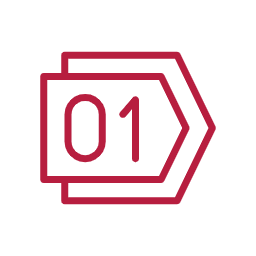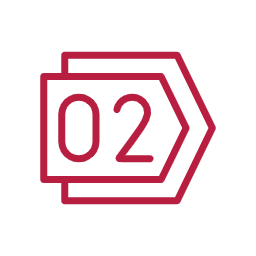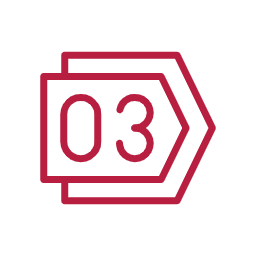The European Union's new Cyber Resilience Act (CRA) is more than just another regulation—it fundamentally redefines the rules of the game for market access and product safety in the EU single market. The CRA has been in force since December 10, 2024. After a transition period of 36 months starting on December 11, 2027, the general obligations will apply to most products: Every product with digital elements must be verifiably secure from development to the end of its life cycle. Companies that do not comply in time face severe penalties, including a ban on placing their products on the market.
What changes will the Cyber Resilience Act bring?
The CRA introduces a series of binding obligations that cover the entire product life cycle. Security becomes an integral part of the product, rather than an afterthought.
- Secure by design: Security must be embedded in the product architecture from the outset.
- Continuous risk management: Manufacturers are required to actively search for vulnerabilities throughout a product's entire life cycle (vulnerability management) and to fix them with updates.
- Complete documentation: All security-related processes and the software bill of materials (SBOM) must be transparently documented and kept available for audits.
- Extended responsibility & liability: Responsibility for security vulnerabilities clearly lies with the manufacturer, which significantly increases the liability risks for management.
- CE marking: Products must bear a CE conformity marking confirming CRA compliance.
Special focus: Automotive –
When marketability is at stake
For the automotive industry, which is already subject to strict regulations such as UNECE R155 (CSMS) and R156 (SUMS) as well as the ISO/SAE 21434 standard, the CRA closes a critical gap. While existing regulations primarily cover safety-critical vehicle systems such as brakes and steering, the CRA extends the requirements to all other digital components – from infotainment systems and fleet management software to third-party apps.
In the worst case, non-compliance can jeopardize marketability and block access to the EU single market. Several manufacturers have already withdrawn models from the market because retrofitting the electronic architecture to comply with new EU rules would not be economically viable.
Important: While complete vehicles are exempt under existing EU regulations (UN R155), automotive components, ECUs, suppliers, and aftermarket products with digital elements must be CRA-compliant.
Supply chain security: The new key discipline
Responsibility does not end at the factory gate. The CRA demands end-to-end auditability across the entire supply chain. OEMs are forced to pass on the strict requirements directly to their suppliers. Supply chain security is thus becoming a decisive factor in the selection of partners and suppliers. Those who cannot offer verifiable process security and TISAX® compliance will lose out.
How btv technologies supports companies with foresight
Progress begins where pure optimization ends. btv technologies is already designing its processes to be CRA-ready and helping companies to use the new requirements not as a burden, but as a competitive advantage.
Future-proof programming with btv SEEL®
The btv SEEL® Ecosystem makes cybersecurity effective from the moment of programming and programs, authenticates, and certifies microcontrollers and IoT devices individually, auditable, and regulatory future-proof—CRA, NIS2, and Data Act compliant. Three modules, one mission: security without compromise.
Radical transparency through the TAK model
Our unique supply chain model is based on transparency, agility, and cost efficiency – it guarantees 100% supply security, full traceability, and eliminates trade margins. This creates the auditability required by the CRA from the very first step of the process.
Learn more here: TAK – Component Logistics as a Service
FAQ: The most important questions about CRA
Conclusion: Act now – shape progress
The Cyber Resilience Act is not a distant regulation, but a concrete business challenge that will determine future viability. Investing in CRA-compliant processes now will not only give you security and confidence, but also secure you a decisive competitive advantage.











